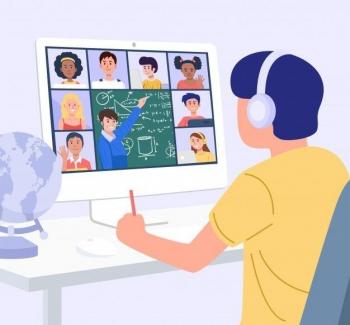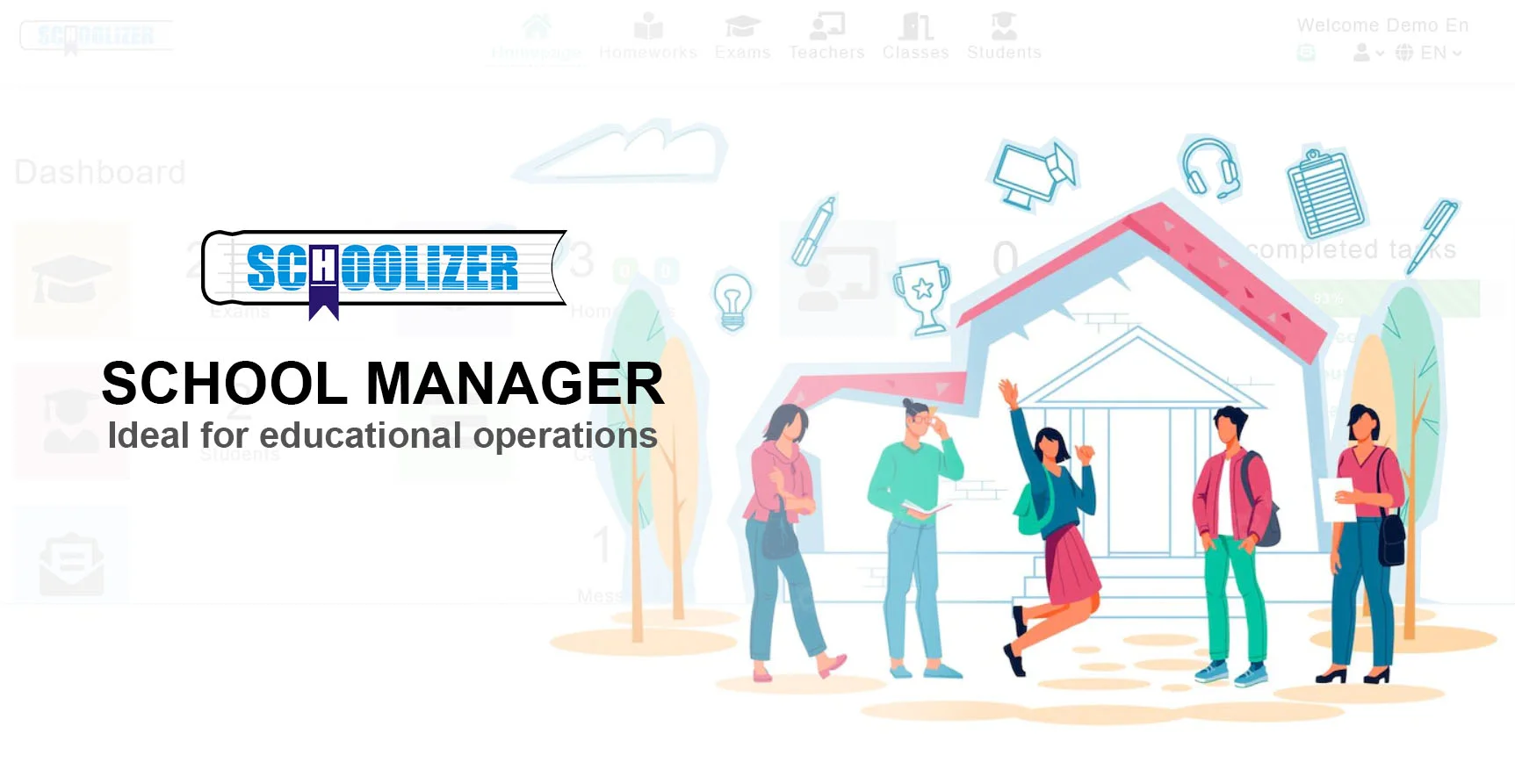The Dangerous Decline of Public Higher Education Data: Why Transparency Matters

The Dangerous Decline of Public Higher Education Data: Why Transparency Matters
What happens when vital information about college performance disappears behind bureaucratic walls? Why should students, families, and taxpayers care about access to higher education data? How does restricting public information create inequities in our education system? These questions lie at the heart of a growing crisis in educational transparency that threatens to undermine accountability and informed decision-making.
The Vanishing Landscape of Education Data
For decades, publicly available higher education datasets like the Integrated Postsecondary Education Data System (IPEDS) have served as vital tools for researchers, policymakers, and prospective students. These resources provide critical insights into graduation rates, student debt levels, post-graduation earnings, and institutional finances. However, recent years have seen alarming restrictions placed on this information under the guise of privacy concerns or bureaucratic convenience.
The consequences are far-reaching. Without transparent data, students cannot compare institutions effectively, researchers cannot identify systemic problems, and policymakers cannot craft evidence-based solutions. A real-world example emerged when the U.S. Department of Education removed critical metrics from its College Scorecard, making it harder for low-income students to assess which schools actually deliver economic mobility.

Who Loses When Data Disappears?
The erosion of education data transparency creates distinct losers across the educational ecosystem:
- Students and families: Lose the ability to make informed college choices based on outcomes
- Minority and low-income populations: Face greater vulnerability to predatory institutions
- Taxpayers: Have no way to evaluate the return on billions in public funding
- Quality institutions: Lose the ability to demonstrate their value proposition
Consider the practical impact: A first-generation college student comparing two similar-priced universities might previously have accessed graduation rate disparities of 20+ percentage points. Without this data, they risk choosing an institution where they have significantly lower chances of success.

The Research and Policy Blackout
High-quality education research relies on comprehensive, accessible data. Scholars studying issues like:
- The student debt crisis
- Racial disparities in completion rates
- Labor market outcomes by program
All require robust longitudinal data to draw valid conclusions. When datasets disappear or become restricted, it creates a knowledge vacuum that hampers evidence-based policymaking. A stark example occurred when changes to gainful employment data made it impossible to track whether vocational programs actually delivered promised earnings.

The Accountability Vacuum
Public data serves as a crucial accountability mechanism for institutions receiving federal funds. Key metrics like:
- Loan default rates
- Graduation gaps by demographic
- Spending per student
All help identify underperforming institutions and problematic practices. Without transparency, there's no way to distinguish between schools that deliver value and those that exploit students. This creates a race to the bottom where marketing budgets matter more than educational outcomes.
The Path Forward: Protecting Education Transparency
Preserving and expanding access to higher education data requires concerted action:
- Legislative protections for key datasets like IPEDS
- Standardized reporting requirements across states
- User-friendly interfaces that make data accessible to non-experts
- Privacy-protected but comprehensive student outcome tracking
Several states already demonstrate this approach works. Virginia's longitudinal data system connects K-12, higher education, and workforce outcomes while protecting individual privacy - providing invaluable insights without compromising confidentiality.

Conclusion: Data as a Public Good
Higher education data isn't just numbers in a spreadsheet - it's the foundation for informed choices, effective policies, and institutional accountability. As we face growing challenges around college affordability, workforce preparation, and educational equity, we need more transparency - not less. The alternative is a system where decisions get made in the dark, students fly blind, and bad actors operate without scrutiny.
The stakes couldn't be higher. In an era of unprecedented student debt and rapidly evolving labor markets, restricting education data doesn't protect students - it leaves them defenseless. The time to act is now, before the spiral of disappearing data becomes irreversible.






